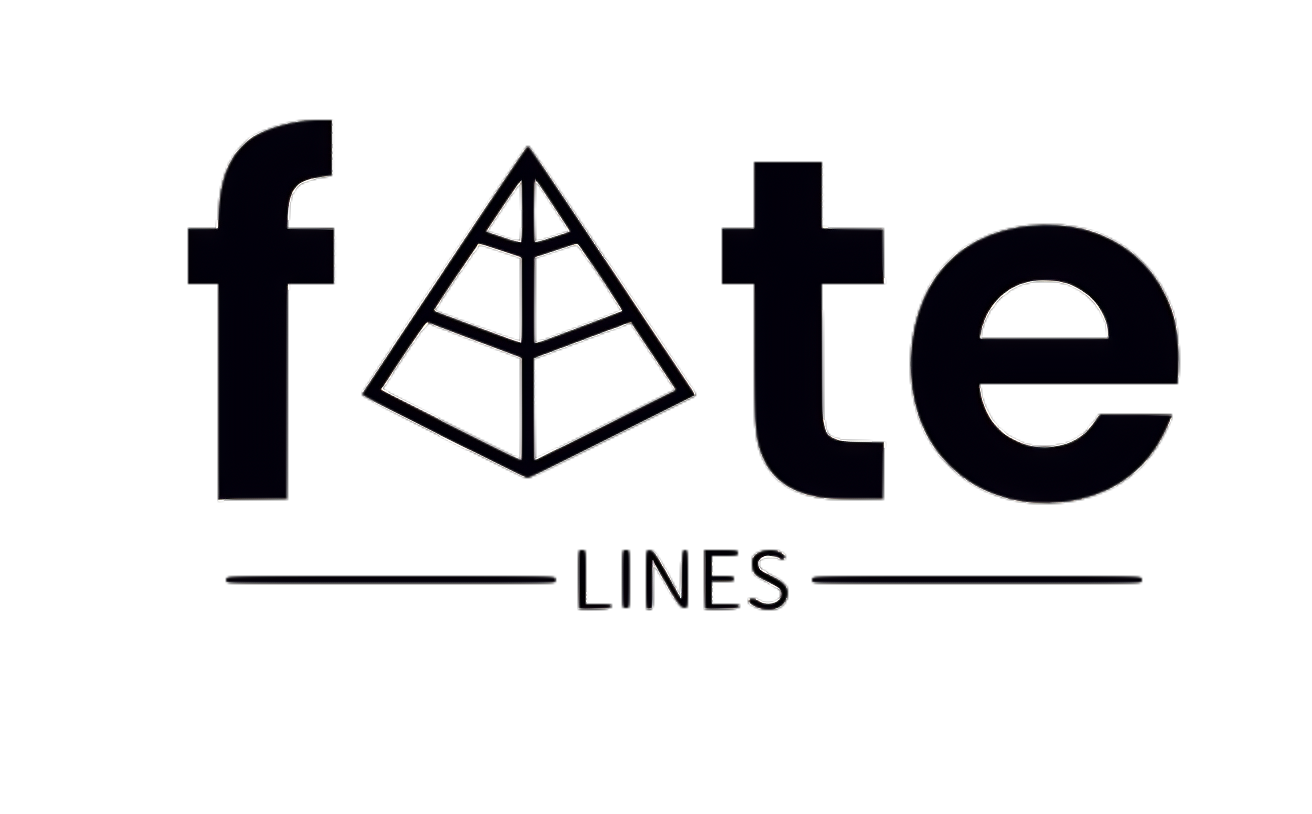The Nuckelavee: Nightmarish Creature of the Sea in Irish and Scottish Mythology
Mythology often serves as a mirror to the anxieties and fears of the communities that pass down its stories, depicting formidable forces that threaten existence. Within the lore of Irish and Scottish traditions, the Nuckelavee stands out as one of the most feared entities, known to rise from the depths of the sea to bring about illness, devastation, and despair. Although less famous than other mythological entities, this grotesque entity is a symbol of terror, epitomizing chaotic natural forces, sickness, and violence.
Historical Roots and Linguistic Origins of the Nuckelavee
The term “Nuckelavee” likely derives from the Orcadian word “knoggelvi,” with its roots stemming from Norse etymology. It bears resemblance to the Scandinavian nokk—a shape-shifting water spirit capable of luring individuals to their doom by transforming into an alluring horse. However, the Nuckelavee surpasses the nokk in horror, as it is a far more monstrous figure.
Unique to the myths of the Orkney Islands—an archipelago influenced by both Irish and Norse legends—the Nuckelavee embodies fears tied to the sea, known for providing sustenance yet simultaneously presenting peril through storms, ship mishaps, and plagues. In many ways, it symbolizes the fusion of various fears facing coastal societies, representing more than mere superstition—it is a manifestation of malevolence and destruction.
The isolation of Orkney’s geography, paired with its severe maritime climate, contributed to the development of the Nuckelavee myth. The volatile nature of the surrounding waters fosters legends of sea monsters that help explain unforeseen disasters such as drownings or widespread illness.
The Terrifying Form of the Nuckelavee
What distinguishes the Nuckelavee from other mythical entities is its horrifying depiction. Vivid descriptions portray it as a hybrid creature—a horrific amalgamation of man and horse, combining the worst features of both.
The Unthinkable Hybrid
Commonly, the Nuckelavee is depicted with the body of a horse, yet it possesses a grotesque human figure emerging from its back. This rider looms larger than any man, sporting long, spindly limbs and an enormous, gaping mouth. Abnormal features, including a misshapen head and a bloodshot eye that oozes malevolence, complete its disturbing visage.
The horse’s figure is equally horrific, often depicted as skinless, exposing raw flesh beneath, with black veins throbbing with its foul lifeblood. A rancid stench accompanies it wherever it roams, and some stories even describe the horse having fins rather than legs, emphasizing its seafaring origins.
The Breath of Death
A defining characteristic of the Nuckelavee is its breath, which is said to carry disease and death wherever it blows. This frightening attribute links it to other mythological entities like the morrígan—an Irish goddess of war and death. Yet, while the morrígan signals looming danger on the battlefield, the Nuckelavee’s deadly breath spreads its sinister influence in the very air around it, affecting crops, livestock, and human populations.
In tightly-knit Orkney communities where illness can swiftly proliferate, tales of the Nuckelavee provided a supernatural rationale for sudden outbreaks. Its ominous breath serves as a metaphor for the relentless threats posed by the sea, symbolizing the peril faced by those who disregard its might.
The Nuckelavee’s Dual Domain: Invader of Land and Sea
Primarily a sea creature, the Nuckelavee is not restricted to the ocean. Unlike other aquatic monsters, it can surface on land to wreak havoc on various inhabitants and the earth itself.
A Representation of Aquatic Threats
The Nuckelavee’s role as a marine monster emphasizes a recurring theme in both Irish and Scottish folklore—the sea as a source of life’s necessities and its capacity for catastrophic destruction. While vital for sustenance, the sea is also unpredictable, often unleashing storms and disasters upon coastal dwellers.
The Nuckelavee embodies this darker aspect of ocean life, serving as a reminder of human vulnerability against nature’s fury. With its malevolent presence, it illustrates the peril of navigating the very waters that sustain them.
A Threat to Coastal Communities
The creature is said to come ashore during dire circumstances such as droughts, famines, or plagues, effectively marking its territory by spreading chaos. Some versions of its legend suggest the Nuckelavee can only venture onto land under specific conditions—like favorable winds or lunar phases—highlighting the mythic connection between environmental elements and supernatural occurrences.
Yet, despite its formidable presence, folklore asserts the Nuckelavee’s limitations; it cannot cross freshwater, meaning rivers and streams can act as barriers, protecting vulnerable communities from its wrath. This detail offers hope to those afflicted by relentless dangers in their environment.
Symbolism of Fear and Nature’s Fury
In mythology, the Nuckelavee transcends its role as a mere monster; it embodies human fear of nature’s uncontrollable forces, disease, and the vulnerability of life amidst these threats.
Disease and the Unknown
The Nuckelavee’s association with illness reflects the historical dread of disease within Orkney, where limited medical understanding led to rampant epidemics. It symbolically explains sudden population decimation while also embodying the invisible forces that could unleash misery upon communities.
Unlike other mythic beings, such as the banshee—often passive in its foreshadowing of death—the Nuckelavee actively brings misfortune, cementing its reputation as a malicious agent of devastation.
Nature’s Unbridled Wrath
In addition to disease, the Nuckelavee serves as a representation of nature’s ferocity. As an entity borne from the sea’s depths, it highlights humanity’s struggles against unpredictable forces. The sea’s ability to both nourish and obliterate life is mirrored in the Nuckelavee’s fearsome character, reminding us of our inherent weaknesses in the face of nature’s overwhelming might.
Its ability to traverse from salty depths to dry land reinforces the idea that no territory is insulated from nature’s wrath, making the Nuckelavee a terrifying presence since it allows no refuge from its destructive influence.
Defeating the Nuckelavee: Myths of Resistance
Like many mythical foes, the Nuckelavee is not invincible. Various tales prescribe methods for protecting against or vanquishing the beast.
The Shield of Freshwater
One of the most recognized methods of deterring the Nuckelavee involves the creature’s inability to cross freshwater bodies. This trait allows rivers and streams to act as natural safeguards for towns or individuals who find themselves pursued. This notion serves as a metaphor for the protective qualities of water, which both purifies and separates the realms of humanity and the supernatural.
Call upon the Sea Mither
In certain renditions of the myth, the Nuckelavee is countered by the benevolent Sea Mither, a spirit representing the ocean’s gentle and life-giving aspects. The Sea Mither and Nuckelavee are often in a cyclical struggle, with the Sea Mither reinforcing stability during calm summer months while the Nuckelavee emerges in winter’s turbulence.
During challenging periods, communal appeals to the Sea Mither symbolize hope in the face of adversity, seeking her help to calm the waters and repel the Nuckelavee back into oblivion.
Legacy of the Nuckelavee in Contemporary Context
Though perhaps lesser-known, the Nuckelavee has made its mark in modern literature and popular culture. Its terrifying aspects and connections to despair render it a compelling subject for creatives exploring themes of fear, nature, and the unknown.
Adaptations in Literature
Fictional works often depict the Nuckelavee as a fearsome adversary, blending human and horse characteristics into a formidable monster. Authored by creators like Neil Gaiman and Diana Wynne Jones, stories utilize the creature’s notorious traits to forge memorable antagonists within dark fantasy narratives. Its role frequently embodies notions of plague and deterioration mirroring its folkloric roots as a bringer of maladies.
A Symbolic Device
The Nuckelavee’s destructive tendencies can be reinterpreted as a metaphor for the unchecked forces that can disrupt human existence—ranging from environmental decay to global crises that emerge unpredictably, wreaking havoc like the Nuckelavee itself.
The chilling nature of its hybrid physique also hypothetically reflects societal anxieties regarding the erosion of natural distinctions—transforming it into a symbol of chaos and upheaval.
In essence, the Nuckelavee reflects the latent fears and tensions of communities residing on the edge of the sea. Its grotesque image signifies the threats posed by nature, disease, and the overwhelming forces that shape human existence. Although overshadowed by more popular mythological figures, the Nuckelavee’s narrative persists, serving as a somber reminder of the balance humans must maintain with the natural world.


